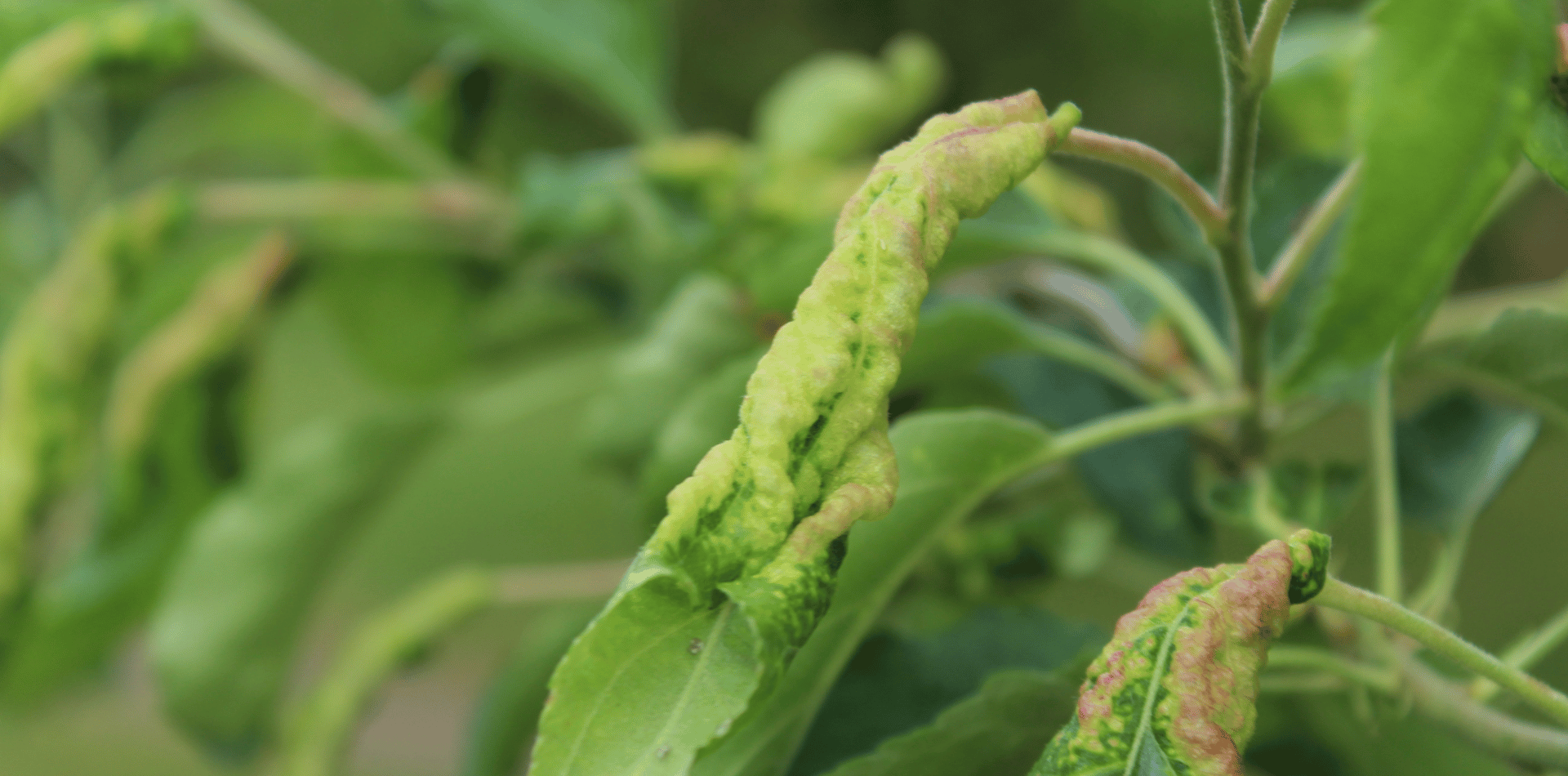A Comprehensive Guide on How to Remove a Tree Stump.
How to Remove a Tree Stump.
A Comprehensive Guide.
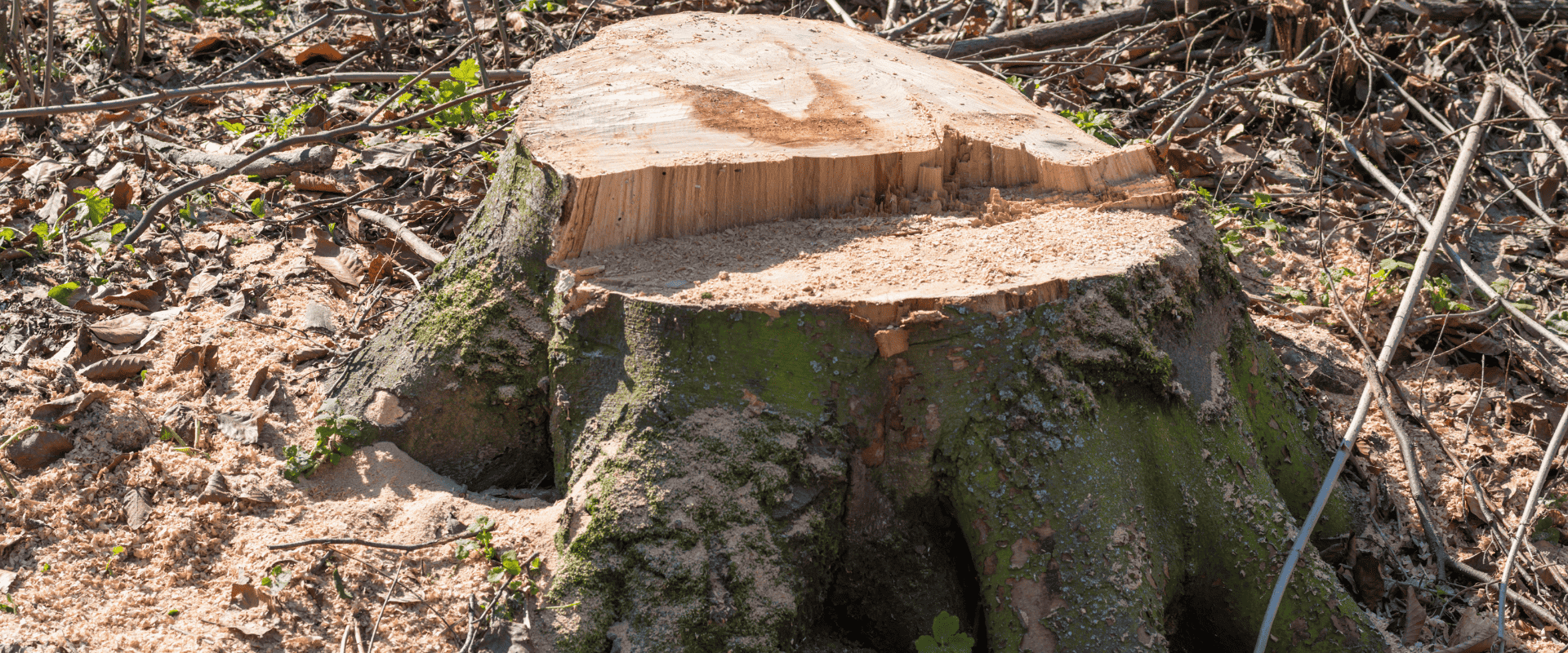
Tree stumps can be unsightly obstacles in your yard, but removing them can be a daunting task. However, with the right tools, techniques, and a bit of patience, you can successfully eliminate these remnants of felled trees. In this article, we will provide you with a step-by-step guide on how to remove a tree stump effectively and safely, ensuring a clean and aesthetically pleasing outdoor space.
Assessing the Stump
Before you begin the
stump removal process, it's crucial to assess the condition of the stump. Factors like size, age, and root system will determine the best approach. A small stump with shallow roots might require less effort, while larger stumps or those with extensive root systems will need more extensive techniques. Additionally, evaluate the stump's proximity to structures, utility lines, or other plants to avoid any potential damage during removal.
Gathering the Necessary Tools and Equipment
To remove a tree stump efficiently, you'll need specific tools.
Here are the essential items to gather:
a. Safety equipment: Gloves, safety glasses, and sturdy footwear.
b. Digging tools: Shovel, mattock, and a digging bar.
c. Cutting tools: Chainsaw, handsaw, wood splitter, or reciprocating saw.
d. Stump removal equipment: Stump grinder (for large stumps) or a stump removal chemical.
Manual Stump Removal
If you opt for manual removal, follow these steps:
a. Clear the area around the stump of any debris or rocks.
b. Use a chainsaw to cut the stump as close to the ground as possible.
c. Dig around the stump, exposing the roots.
d. Use a mattock or digging bar to sever the roots, starting from the outer edges and working inward.
e. Rock the stump back and forth to loosen it from the ground, and continue cutting any remaining roots.
f. Once the stump is loose, carefully lift it out of the hole.
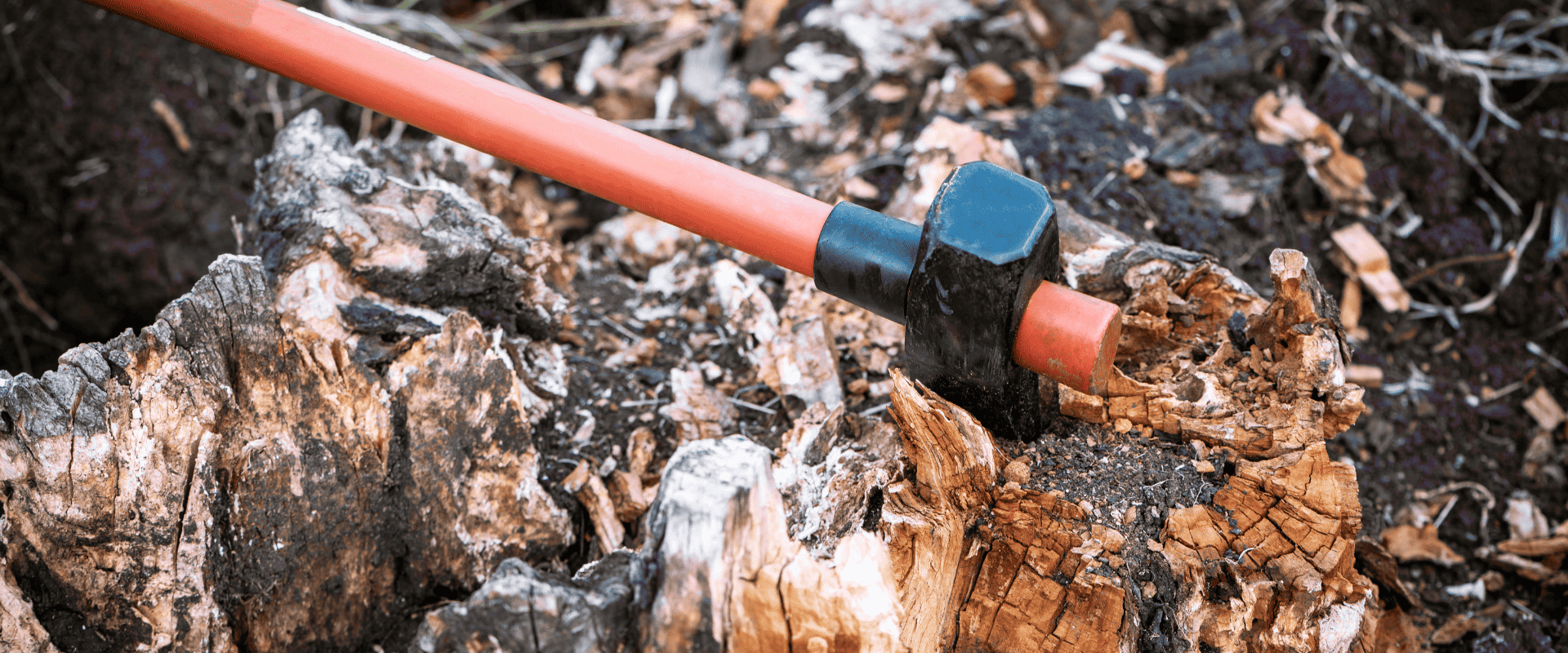
Using a Stump Grinder
For larger stumps or those with extensive root systems, a stump grinder is the most efficient option.
Here's how to use one:
a. Clear the area around the stump and remove any rocks or debris.
b. Follow the manufacturer's instructions for operating the stump grinder.
c. Position the grinder above the stump, starting on one side.
d. Lower the grinder's cutting wheel onto the stump and begin grinding.
e. Move the grinder back and forth to remove the wood, gradually working your way through the stump.
f. Continue grinding until the stump is ground down below the surface level, ideally 15 to 20 centimetres below ground.
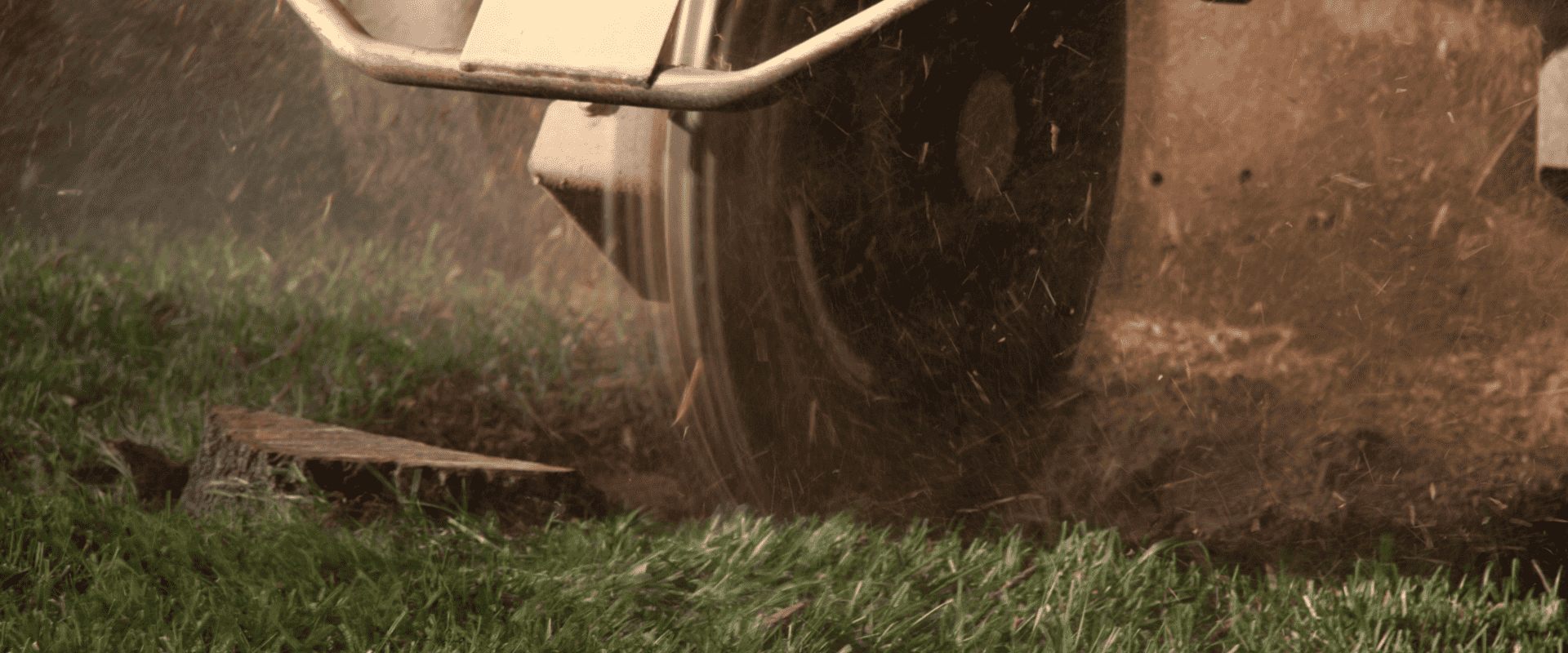
Chemical Stump Removal
Alternatively, you can use stump removal chemicals.
Here's how:
a. Drill several holes into the top and sides of the stump.
b. Fill the holes with the stump removal chemical, following the product's instructions.
c. Pour water into the holes to activate the chemicals.
d. Cover the stump with a tarp or plastic sheet to prevent rainwater from diluting the chemicals.
e. Allow the chemicals to work over several weeks, causing the stump to soften.
f. Once the stump has become spongy, use an axe or a pry bar to break it apart and remove it.
Removing a tree stump can be a challenging task, but with the right approach and tools, although we will always recommend you hire a professional Arborist, it's a task you can tackle.
Whether you choose manual removal, stump grinding, or chemical methods, always prioritise safety.


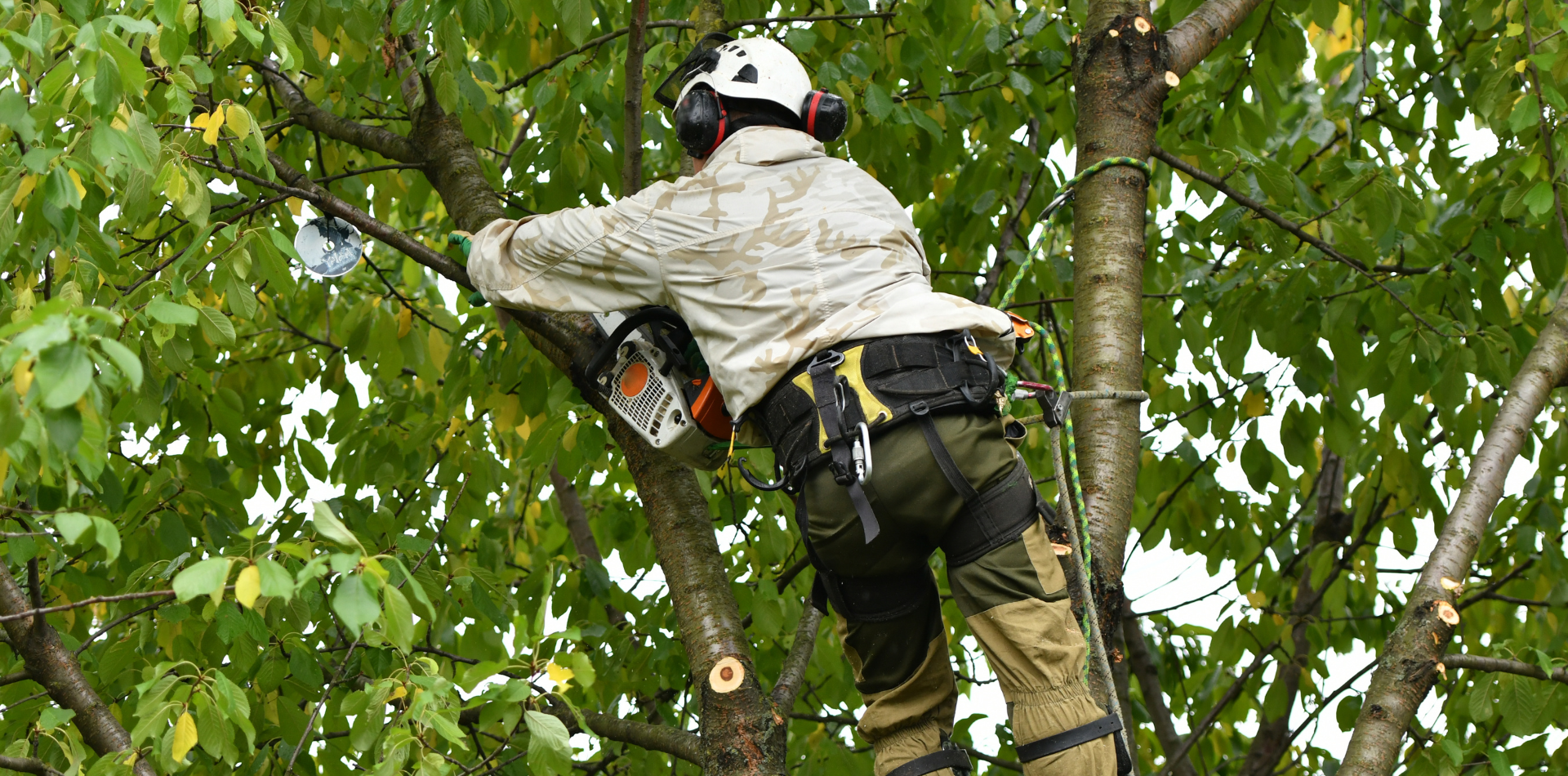


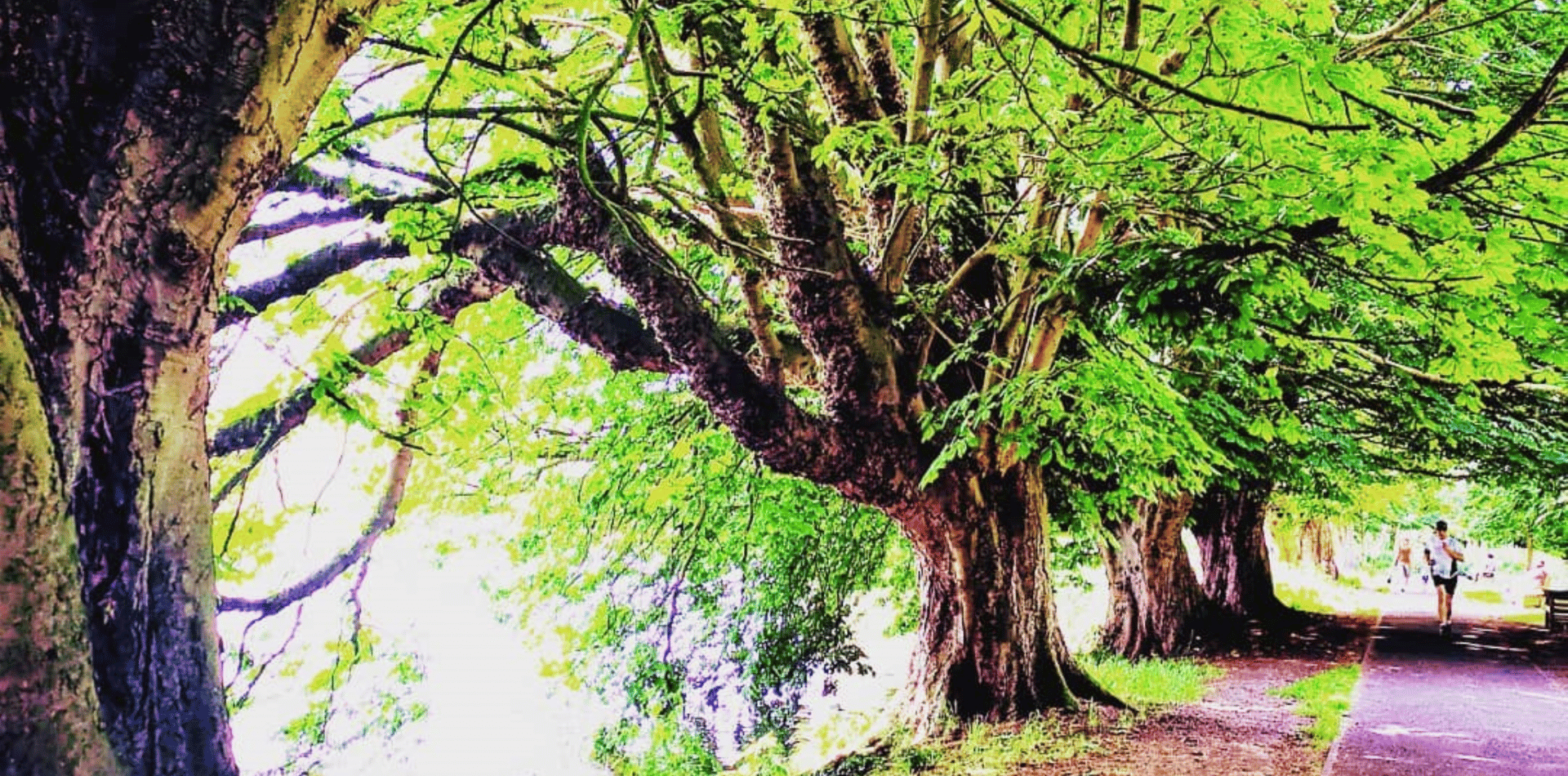
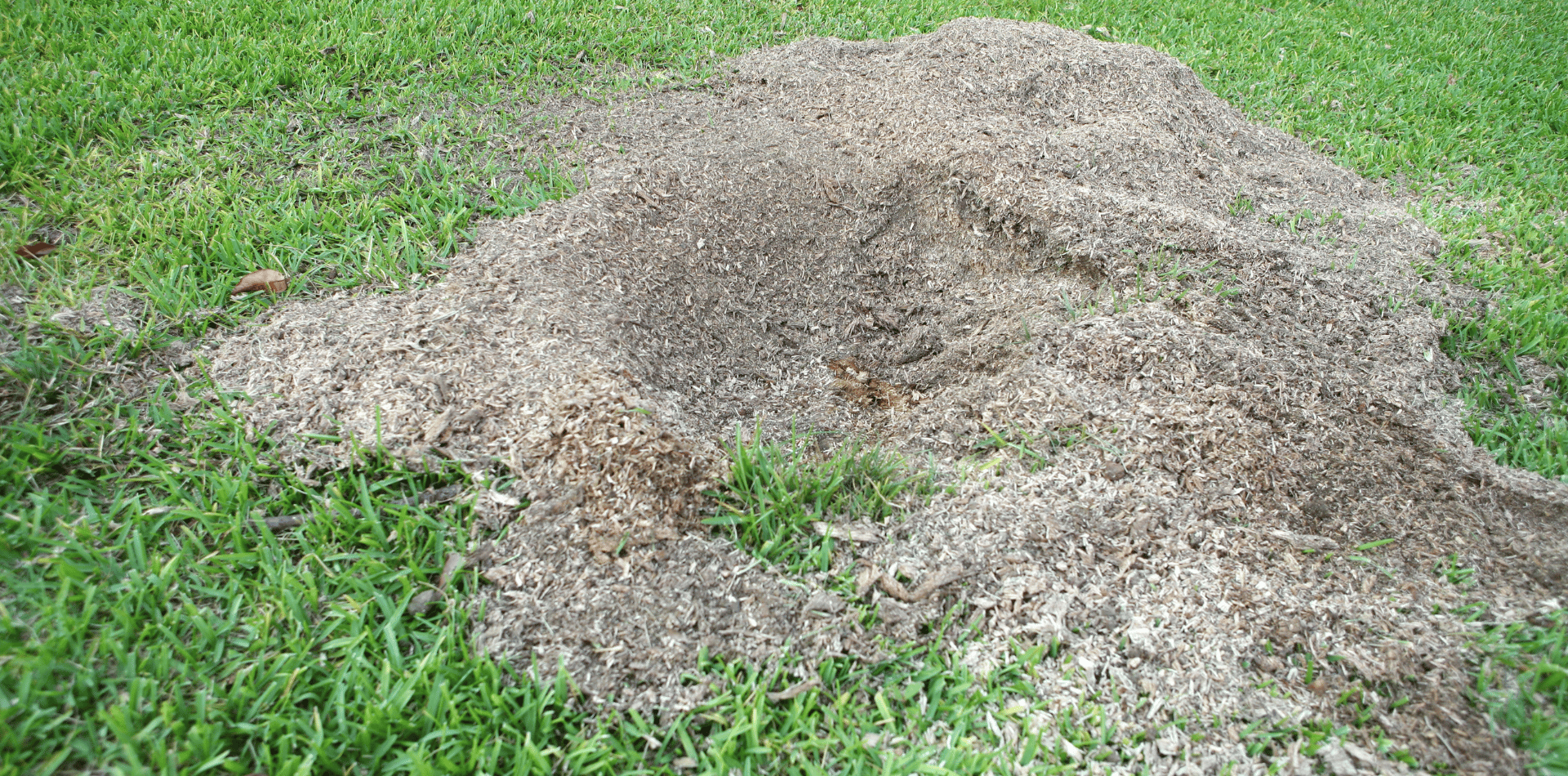
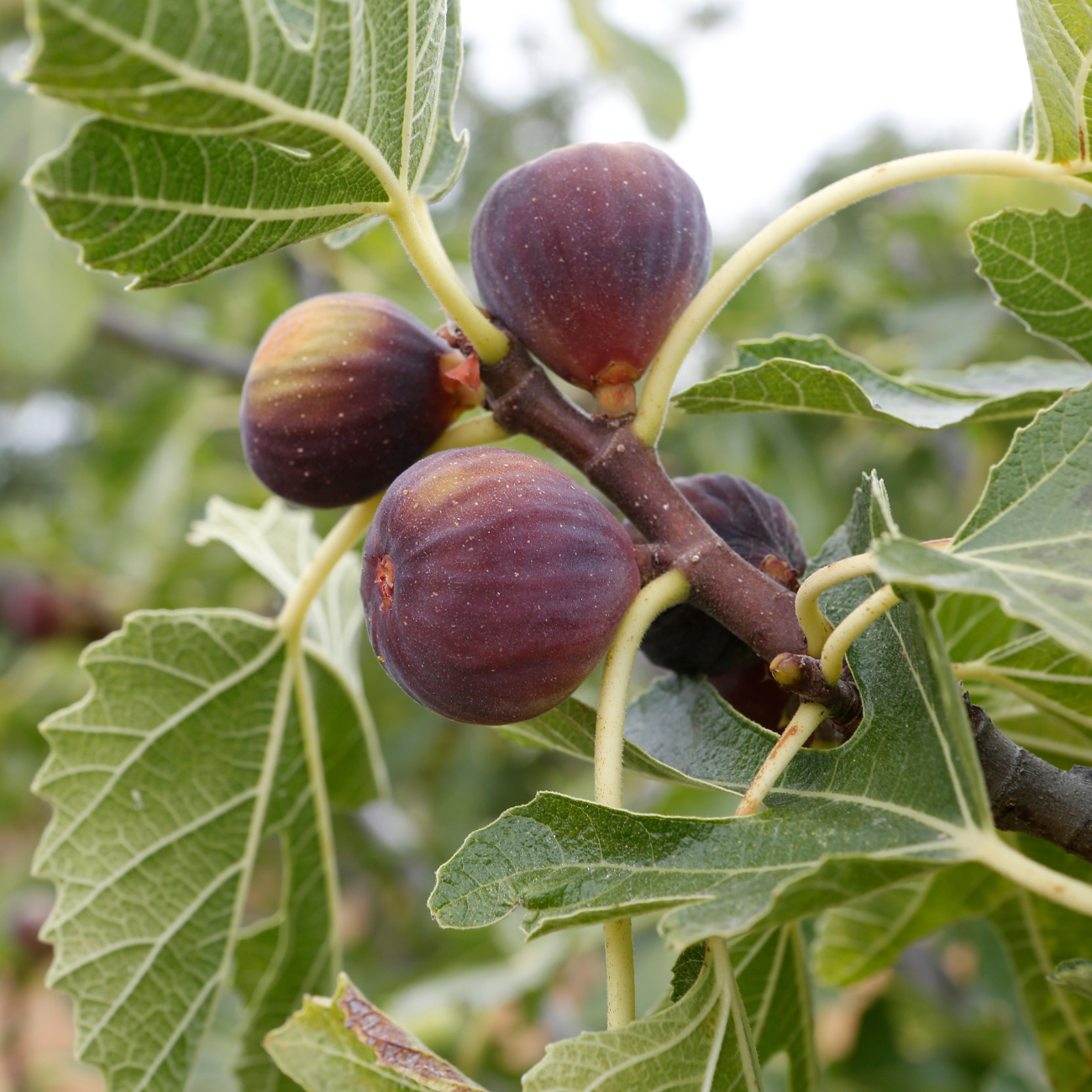

Contact
Kaptol Tree Removal Newcastle
A Member of the Kaptol Group
Powered by Kaptol Media

